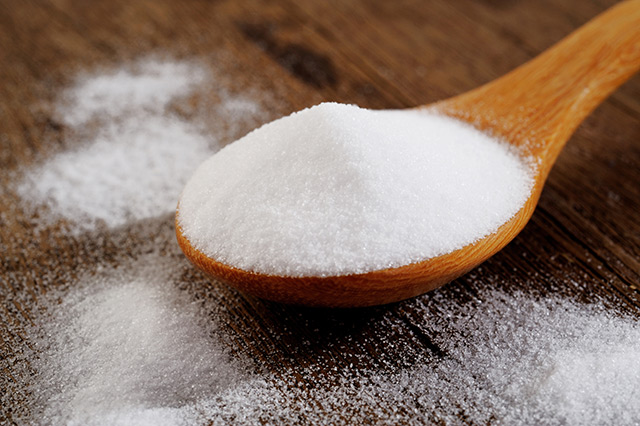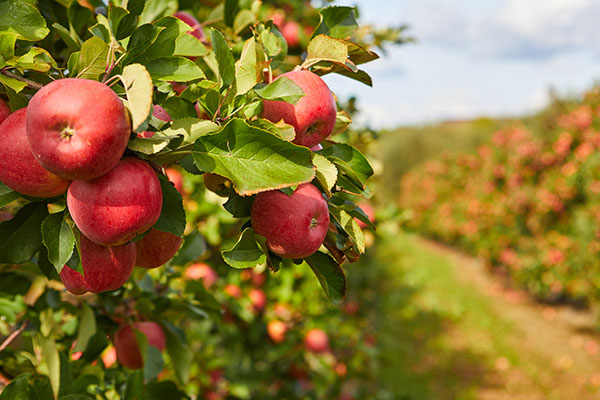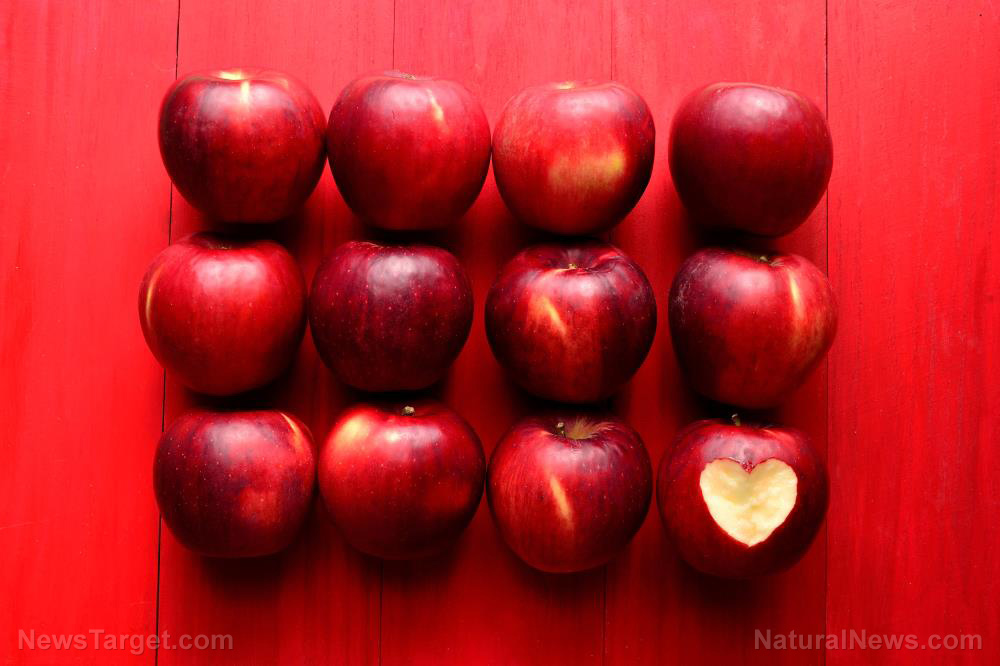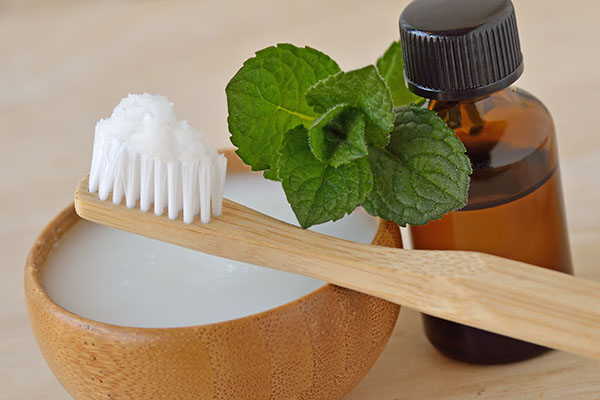
As part of the study, the research team has applied two common pesticides thiabendazole and phosmet to organic gala apples. Thiabendazole is a fungicide that has been previously noted for its capacity to penetrate apple peels. Phosmet is a popular insecticide, the experts say. The scientists have then washed the contaminated apples with three different liquids, which include: tap water, a one percent baking soda/water solution, and a commercial bleach solution approved by the United States Environmental Protection Agency. The commercial bleaching solution is the most commonly used liquid in cleaning produce.
The results have revealed that both the tap water and the commercial bleach solution did not show efficacy in removing the pesticides from the apples even after washing the fruits for up to two minutes. However, the researchers have observed that the baking soda solution has been highly effective in eliminating the toxic chemicals. According to the study, the baking soda solution helped remove 80 percent of the thiabendazole from the apples after 12 and 15 minutes. Likewise, the scientists have noted that the baking soda solution has eliminated 96 percent of the phosmet during the same period.
According to the researchers, the stark difference in chemical removal may be due to thiabendazole's greater absorption. Data from mapping images have revealed that thiabendazole has penetrated the apples up to 80 micrometers deep, while phosmet has been able to do so at a depth of only 20 micrometers. (Related: Baking soda: A lot more than just a baking staple)
Baking soda solutions that help remove unwanted pesticides
An article posted on the Do It Yourself website features two baking soda solutions that may serve as natural cleaning agents for fresh fruits and vegetables. These mixtures include:
- Baking soda and white vinegar - The article suggests preparing about one and a half cups of water in a pan, then adding one cup of white vinegar and about one tablespoon of baking soda. The article also recommends adding 20 drops of grapefruit seed extract to the solution and have the mixture transferred to a spray bottle. The solution can be used on any fruit or vegetable including spinach, lettuce, and broccoli.
- Baking soda and lemon juice - The article also recommends mixing one tablespoon of lemon juice and two tablespoons of baking soda that are then diluted in one cup of water. The produce can be soaked in the solution for up to a few minutes and then rinsed thereafter.
Likewise, the entry lists other natural methods in eliminating pesticides. According to the article, people may use a sea salt solution -- made from one teaspoon of fine sea salt diluted in a cup of water -- to soak vegetables such as lettuce and cabbage between five and 10 minutes before rinsing with running water. Moreover, the article recommends adding a few teaspoons of common dishwashing liquid to a large bowl of water where fruits can be swished around for a few minutes and rinsed thereafter.
Sources include:
Please contact us for more information.























